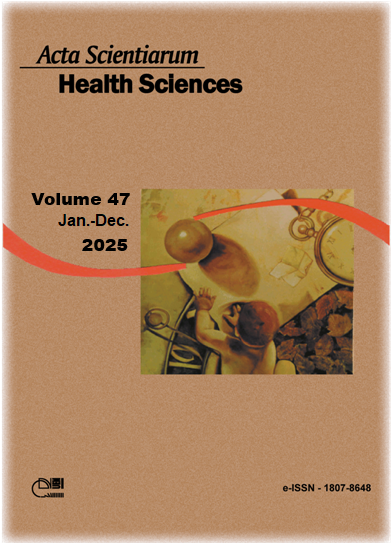Evaluation of the bristle characteristics and effects of denture brushes on acrylic resin
Abstract
Specific denture brushes were evaluated in regards to characteristics of the bristles (thickness, bristle ends, and deterioration) and their effects (mass variation, surface roughness, and gloss) on acrylic resin after simulated brushing periods of 3 (T1), 6 (T2), and 12 months (T3). For their effects on acrylic resin, specimens were randomly distributed (n = 13): BI: Bitufo; CB: Curaprox; PP: Prosthesisplus; CO: Condor; OB: Oral B; OF: Orafix; and Control: Curaprox 5460. The specific brushes CO and OF showed higher values for thickness (larger side) (T0 to T3) and OF (smaller side) (T0). Results for both sides of bristle-ends showed (T0 to T3) flat or slanted bristles, indicating unacceptability in 69.4% to 85.1% of bristles. Results related to degradation showed bristles with progressive flat or oblique wear over time. For mass loss in dentures, there was gain in mass from T1 to T3 and mass gain over time for OB (T2). For surface roughness, there were no significant differences between all factors (p>0.001). For gloss, OB (T1 and T3) showed higher values. It was concluded that there is a lack of standardization of the characteristic of specific denture brushes. Despite the progressive wear of the bristles over time, Curaprox, Próteseplus, Condor, Oral B, and Orafix can be indicated for routine hygiene of denture wearers since they were not able to damage the acrylic resin.
Downloads
DECLARATION OF ORIGINALITY AND COPYRIGHTS
I Declare that current article is original and has not been submitted for publication, in part or in whole, to any other national or international journal.
The copyrights belong exclusively to the authors. Published content is licensed under Creative Commons Attribution 4.0 (CC BY 4.0) guidelines, which allows sharing (copy and distribution of the material in any medium or format) and adaptation (remix, transform, and build upon the material) for any purpose, even commercially, under the terms of attribution.
Read this link for further information on how to use CC BY 4.0 properly.























5.png)







